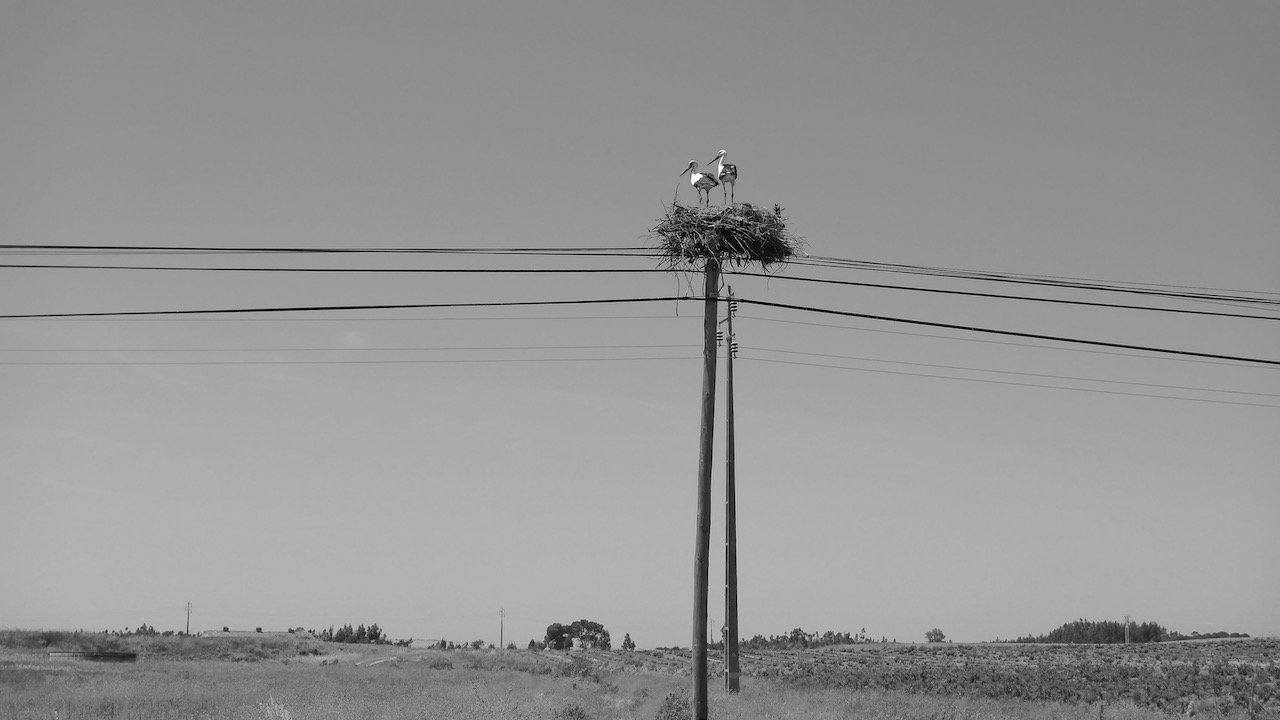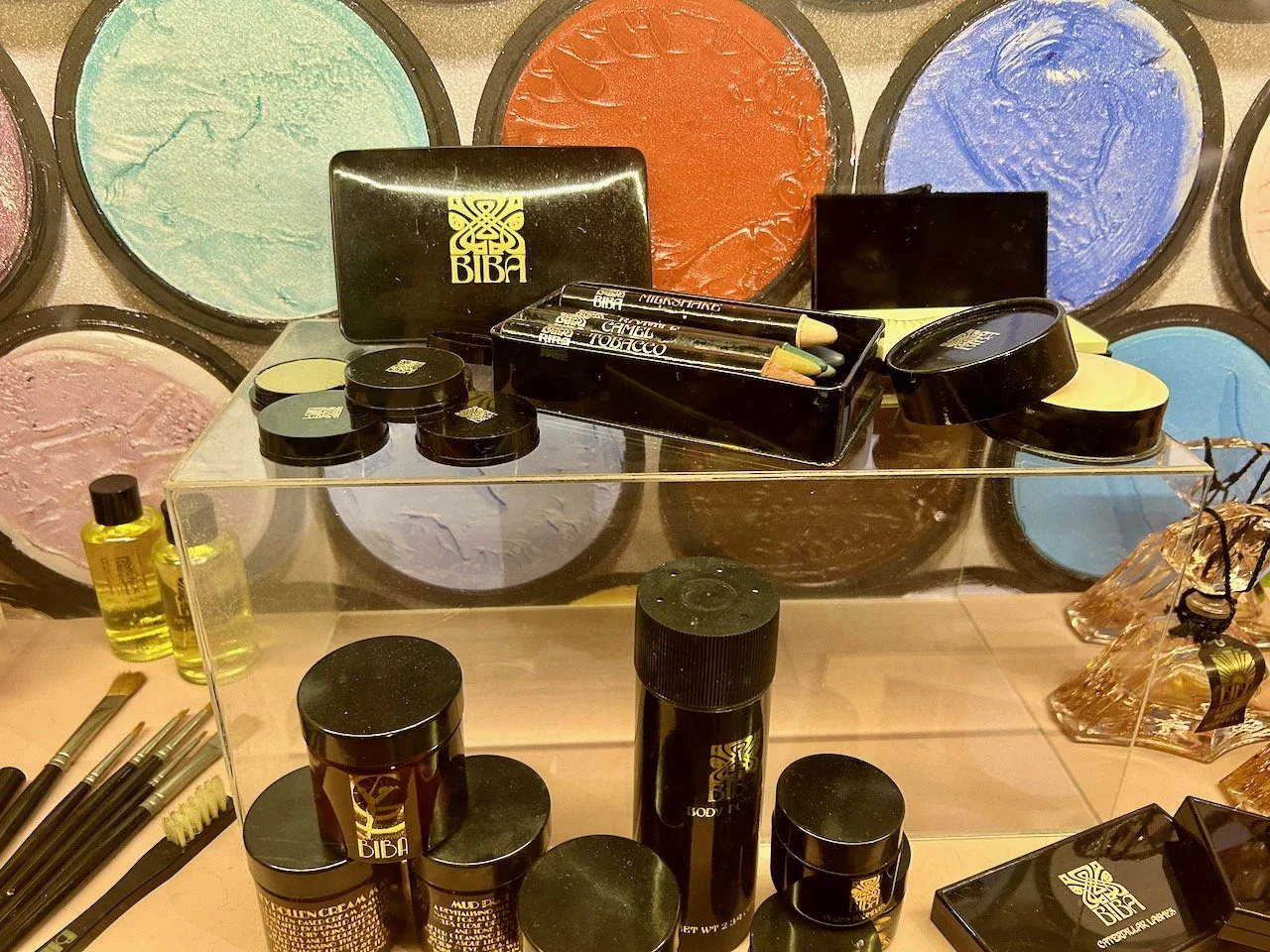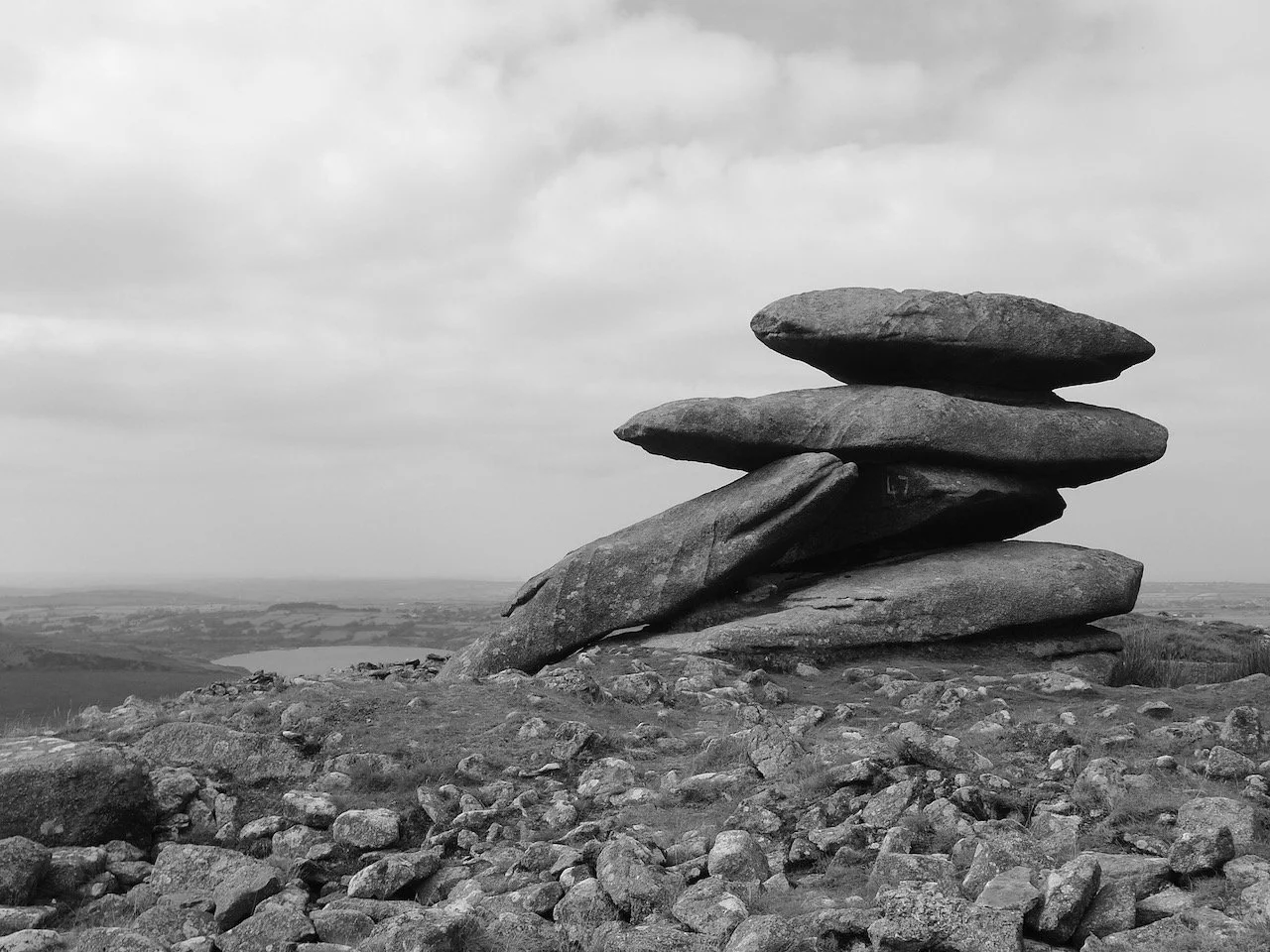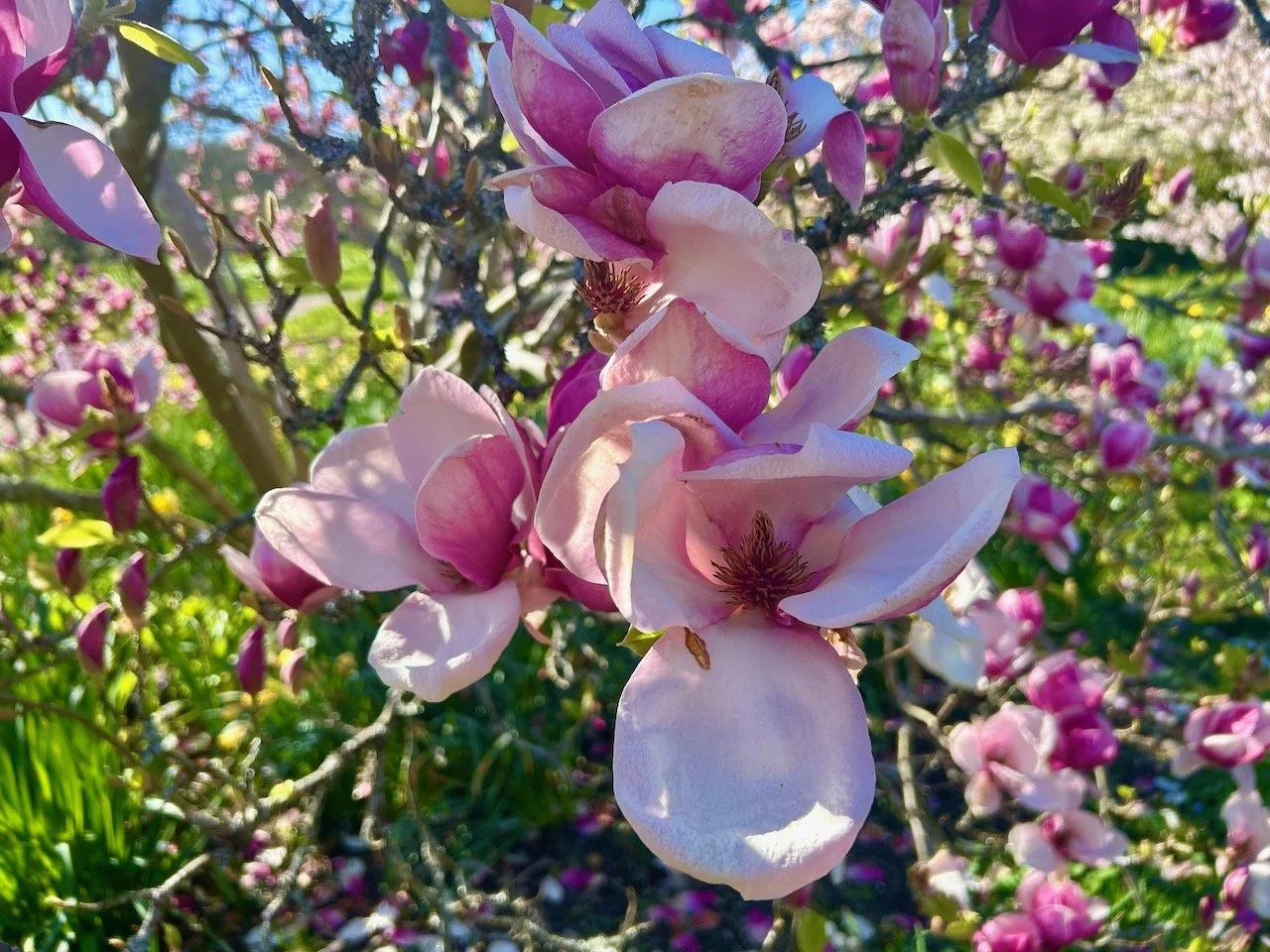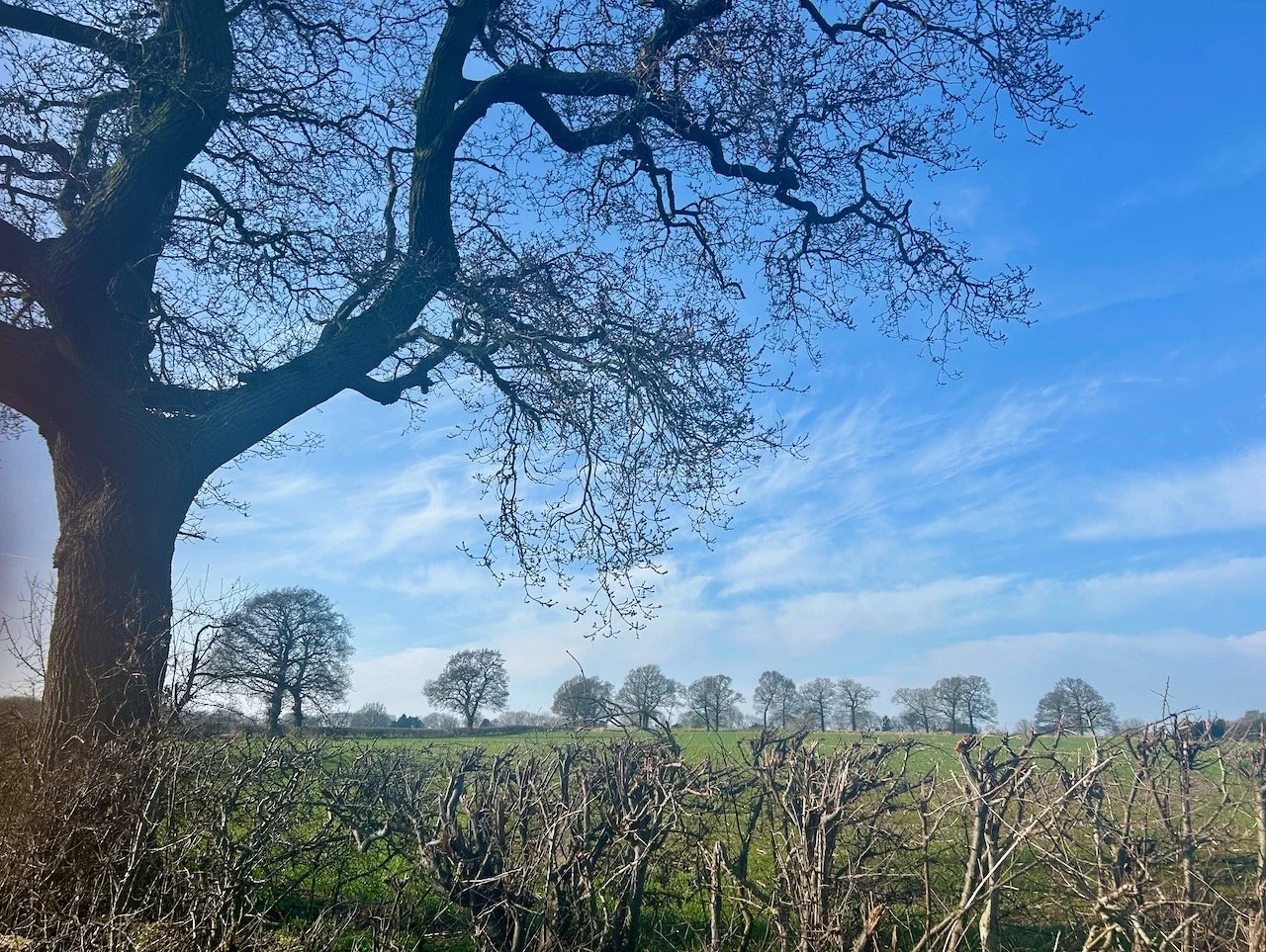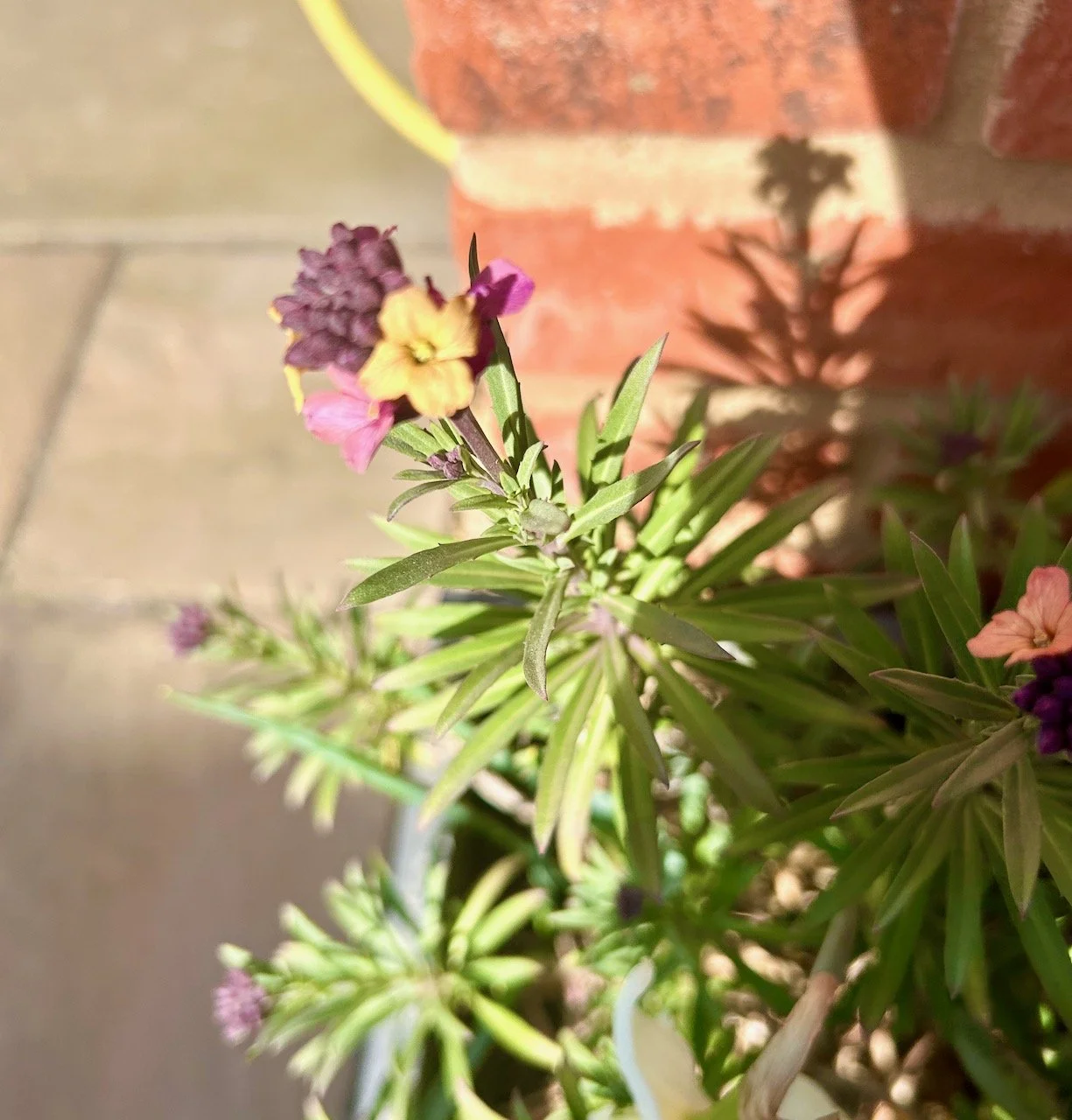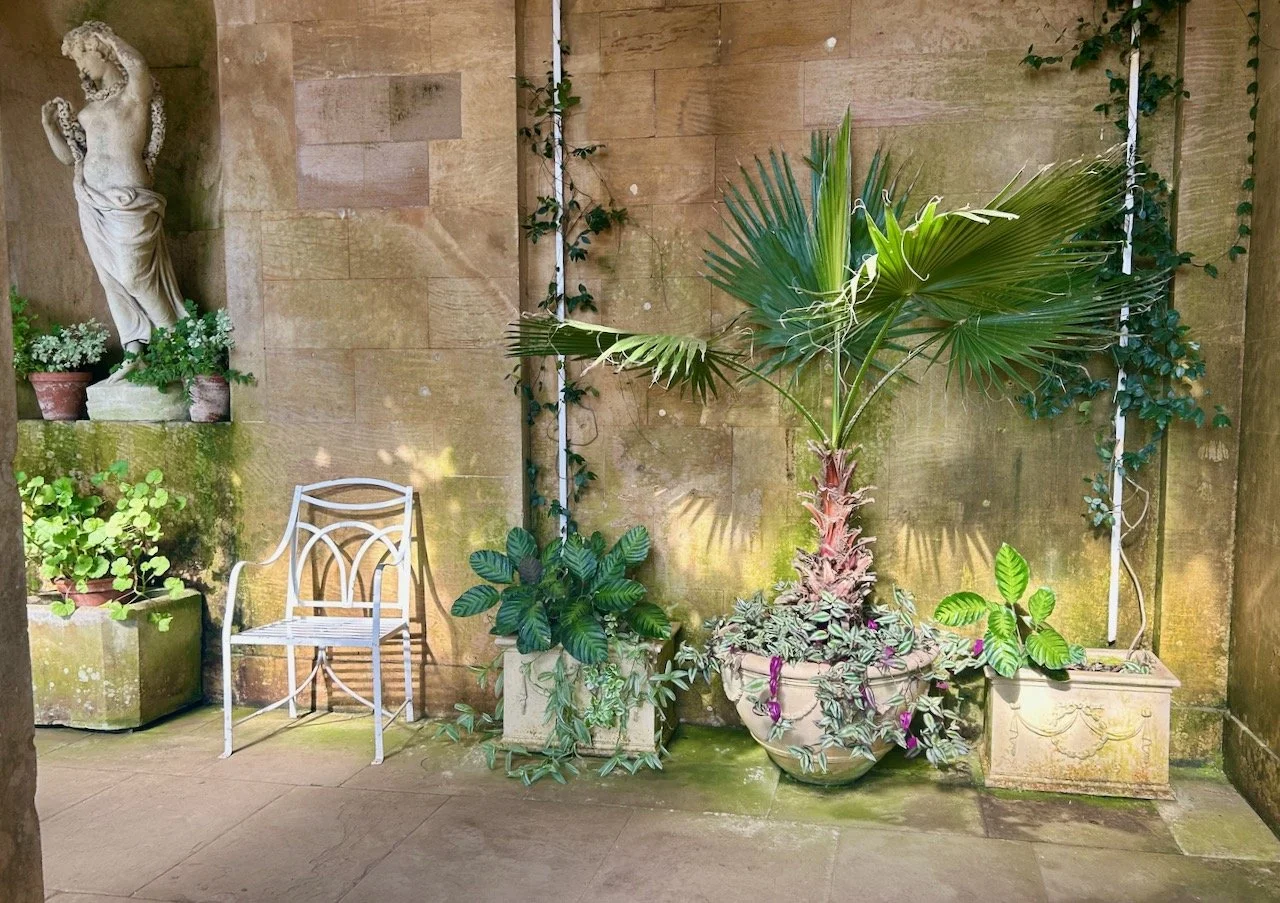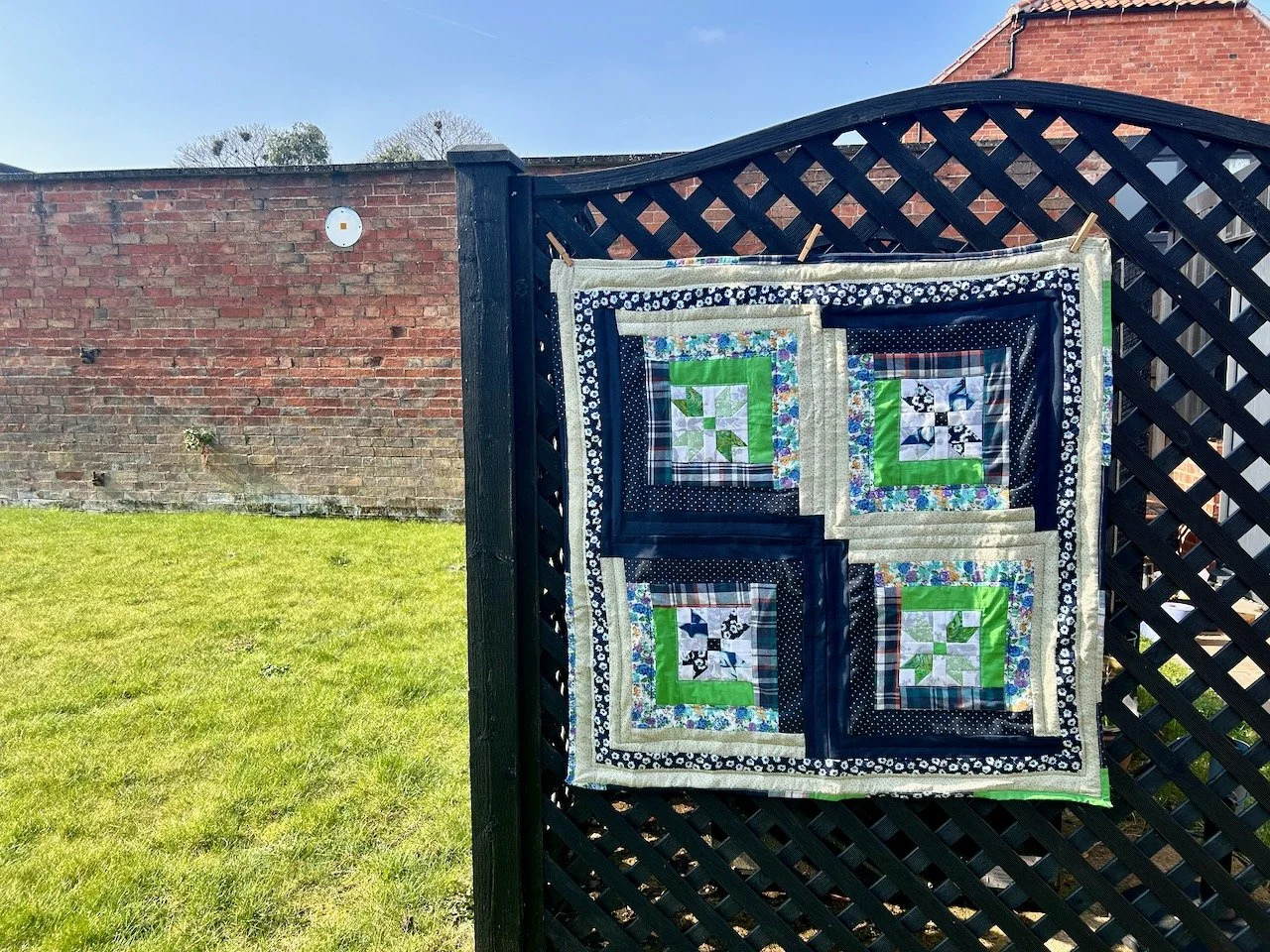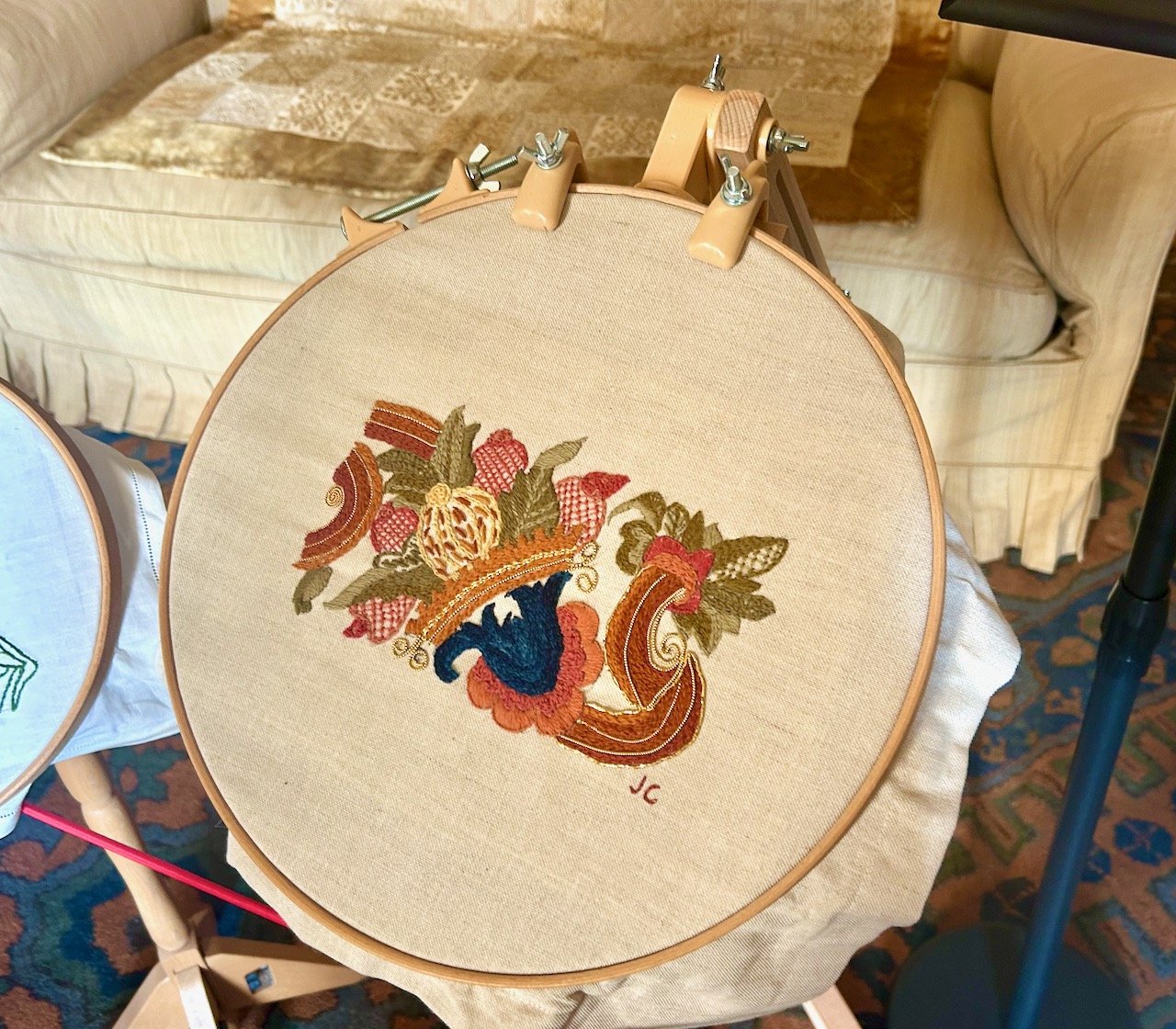Or as they're officially known the Blood Swept Lands and Seas of Red which mark the centenary of the First World War, an evolving art installation with each poppy representing a British military fatality during the war. There's 888,246 ceramic poppies being planted by volunteers and they are a powerful visual commemoration.
The first poppies were planted in the moat at the Tower of London on 17 July and they'll continue to be planted up until Armistice Day - 11 November. They're already covering the 16 acres of moat and each of the two volunteer sessions a day aims to plant between five and seven thousand poppies, which need to be assembled before planting.
I first popped up to the Tower of London to see the poppies in August, then spent a Sunday morning volunteering in the moat planting poppies at the end of September (there'll be more on that next week) and then made time for another visit in October. Each time I took some pictures and today I'll share how the installation has grown over my three visits.
In August, looking towards the Thames
August: looking towards St Katharine's Dock and below towards Tower Bridge
Even back in August they looked impressive, but there was clearly more poppies to be planted. The difference a month makes is amazing, below is the same stretch of moat at the end of September. With just a few more poppies!
A misty September Sunday morning
Similarly the section looking towards St Katharine's Dock was more densely planted
But not much seems to have changed in the section looking towards the Thames
Our September visit was on a misty Sunday morning and much earlier than we'd usually be in town on a Sunday! We were there early for our 9am - 1pm volunteering slot - I'll some share photos from our time in the moat early next week - but it did mean I was able to get some shots I wouldn't have got later on, like this one:
By the time I visited with mum and dad in October the planting looked more dense throughout the moat, and yet there was still another three weeks or so of planting to take place. There were noticeably more people coming to see the poppies too and it seems this has increased still further during half-term and as Armistice Day approaches.
Further planting underway in October
And this time, the section looking towards the Thames had also changed
Each time I've visited I've been amazed and impressed by the number of poppies. While there's plenty of people visiting, there's also a hushed, respectful and reverent feeling around.
There's one view that I've seen which shows the true scale of the installation and it's this one taken from The Shard. Sadly I didn't see this first-hand so I'm grateful to my friend Nicola for letting me share her photo here. Wow.
Photo credit: Nicola Ward @NWard1111
All of the ceramic poppies have now been sold and dismantling starts immediately after Armistice Day with more volunteers undertaking this huge task. The monies raised from the sale of the poppies will help support six service charities in the UK, which is a great way to ensure that service people today get the support they need. And it's a fitting way for such a poignant memorial to make a difference as we remember those who lost their lives serving our country.



